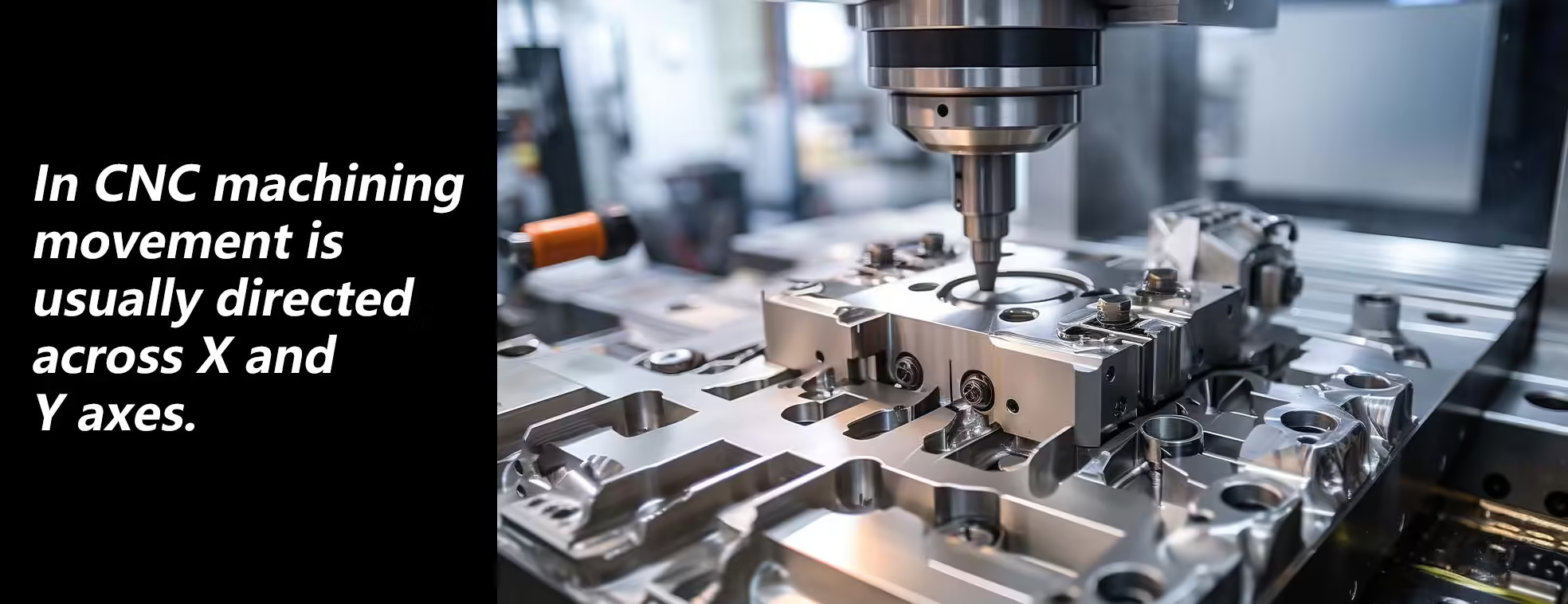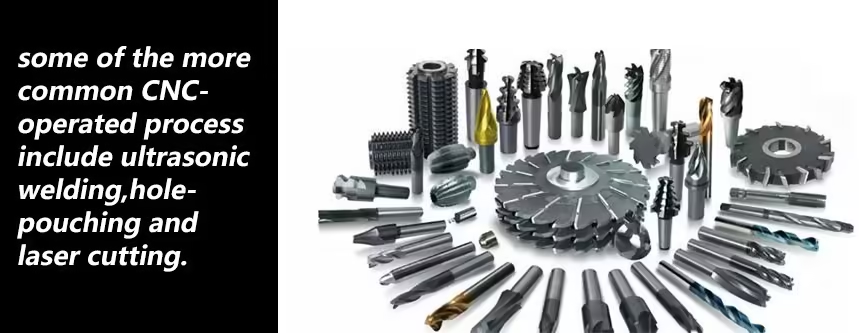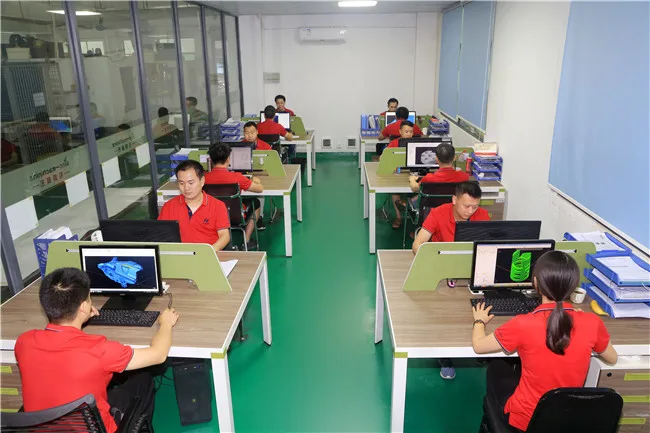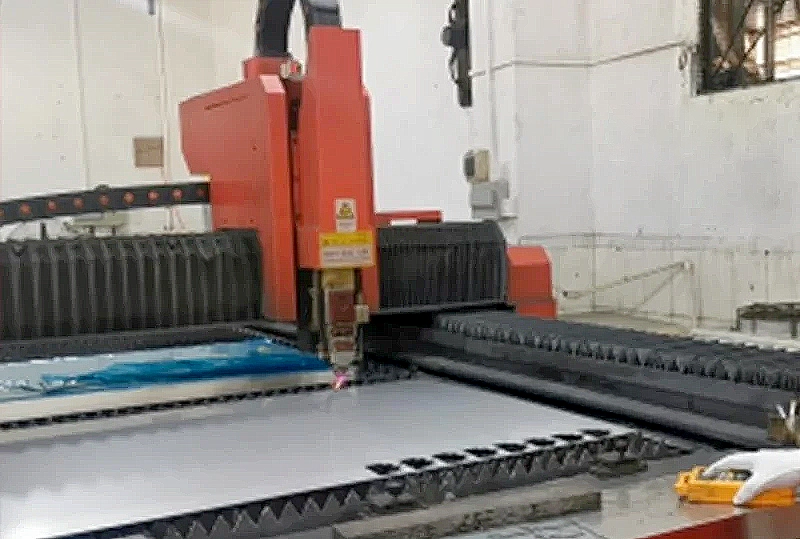CNC machining is a computerized manufacturing method that uses preprogrammed instructions to guide machine tools, such as lathes, mills, and routers. This technology enables precise control over complex cutting tasks, allowing for the creation of intricate three-dimensional parts with exceptional accuracy and efficiency.
CNC machining, unlike manual control, eliminates the need for human operators to directly manipulate machining tools. It replaces manual levers, buttons, and wheels with precise computer-generated instructions. While a CNC machine may look like a standard computer setup, its specialized software and controls are designed specifically for manufacturing tasks. This automation allows for greater accuracy, consistency, and efficiency in production.
Curious about the possibilities of CNC manufacturing? Dive into how CNC machines operate and how they can be programmed to create a wide range of products. Explore the various types of CNC machinery available and their specific applications to determine if they can meet your production goals.
What is CNC Machining?
A CNC system operates by first programming the desired cuts into software. This digital blueprint is then transmitted to specialized tools and machinery. These tools, akin to robotic arms, precisely execute the programmed movements, creating parts with exceptional accuracy and consistency.
In CNC programming, the code generator within the numerical control system often assumes ideal conditions, neglecting potential errors that can arise, especially when the CNC machine is tasked with simultaneous multi-directional cutting. The precise positioning of a tool in a numerical control system is defined by a series of instructions known as the part program.
While numerical control (NC) machines used punch cards for program input, CNC machines revolutionized the process by incorporating computers. CNC programs are entered through a keyboard, stored in the computer’s memory, and written or edited by programmers. This digital approach grants CNC systems significantly greater computational power. Moreover, CNC’s flexibility allows for the addition of new prompts to existing programs through code modifications, making them adaptable to evolving manufacturing needs.
CNC Machine Programming
CNC manufacturing employs numerical control to operate machines. A software program, often referred to as G-code, guides the machine’s actions. This code dictates the machine’s behavior, including speed, feed rate, and movement coordination.
CNC machining automates the control of machine tool functions, allowing for precise, repetitive tasks with minimal human intervention. By creating a digital representation of the desired part (a 2D or 3D CAD drawing), operators can generate computer code that instructs the CNC machine on movements and speeds. Once the code is input, a test run is conducted to verify its accuracy before full-scale production.
CNC machining, renowned for its precision and efficiency, has become indispensable across the manufacturing landscape, particularly in metal and plastic fabrication. To delve deeper into the diverse range of CNC machining systems and the automation achieved through CNC machine programming, explore the following:
Open/Closed-Loop Machining Systems
CNC manufacturing relies on position control, which can be achieved through either an open-loop or closed-loop system. In an open-loop system, the CNC controller sends signals to the motor without receiving feedback. This means there’s no way to correct errors that may occur during the process. Conversely, a closed-loop system incorporates feedback, allowing the controller to monitor and adjust the motor’s position and velocity, ensuring accuracy and precision.
CNC machining typically involves movement along the X and Y axes, controlled by stepper or servo motors. These motors precisely replicate the motions dictated by G-code, ensuring accuracy. While open-loop control suffices for low-force, low-speed tasks, closed-loop control is essential for industrial applications like metalworking, guaranteeing the necessary speed, consistency, and accuracy.

CNC Machining Is Fully Automated
Modern CNC protocols heavily automate part production using pre-programmed software. Precise dimensions are defined in computer-aided design (CAD) software and then transformed into physical objects through computer-aided manufacturing (CAM). This streamlined process ensures accuracy and efficiency in part creation.
To efficiently process a workpiece, a variety of machine tools, like drills and cutters, might be required. To streamline this process, modern manufacturing often integrates multiple functions into a single machine cell, eliminating the need for manual handling between tools.
A CNC fabrication system can range from a single machine to a network of machines equipped with robotic arms. These machines work in tandem, transferring parts between processes while operating under a unified program. This coordinated approach ensures exceptional consistency in part production, a level of precision that would be virtually unattainable through manual methods.
Learn more about ZHUANXIN PRECISION unique manufacturing service offerings, including CNC machining, reverse engineering, and more.
The Different Types of CNC Machines
Numerical control (NC) machines emerged in the 1940s when motors were initially harnessed to regulate the movements of existing tools. Over time, advancements in technology led to the integration of analog and, subsequently, digital computers, culminating in the development of CNC machining.

Modern CNC systems predominantly rely on electronic controls. Common CNC-driven processes encompass ultrasonic welding, hole punching, and laser cutting. Among the most widely utilized machines in CNC environments are:
CNC Mills
CNC mills operate on programs consisting of numerical and alphabetical commands that precisely guide the machine’s movements. These programs can be written in G-code, a standard programming language, or in proprietary languages developed by specific manufacturing teams. While basic mills feature a three-axis system (X, Y, and Z), modern CNC mills often incorporate additional axes for greater versatility and precision in complex machining tasks.
Lathes
CNC lathes, equipped with indexable tools, perform precise and high-speed circular cutting. Unlike manually operated lathes, CNC technology enables the creation of complex designs. While the control principles of CNC mills and lathes are similar, CNC lathes often feature two primary axes: X and Z. These axes allow for controlled movements in both the horizontal and vertical directions, facilitating intricate machining processes.
Plasma Cutters
A plasma cutter utilizes a plasma torch to efficiently cut through various materials, primarily metals. To achieve the required speed and heat for metal cutting, the torch generates plasma by combining compressed air and electrical arcs. This powerful process can also be applied to other surfaces, demonstrating its versatility in material cutting applications.
Electric Discharge Machines
Electric-discharge machining (EDM), also known as die sinking or spark machining, is a manufacturing process that utilizes electrical sparks to shape workpieces precisely.
A plasma cutter utilizes a plasma torch to efficiently cut through various materials, primarily metals. To achieve the required speed and heat for metal cutting, the torch generates plasma by combining compressed air with an electrical arc. This powerful process enables precise and efficient material cutting.
- Wire EDM: Wire EDM utilizes spark erosion to cut away sections of electrically conductive materials.
- Sinker EDM: Sinker EDM shapes workpieces using an electrode submerged in dielectric fluid.
During the flushing process, a liquid dielectric is used to remove debris from completed workpieces. Once the electrical current between the electrodes ceases, the dielectric is introduced to neutralize any residual charges and ensure a clean working environment.
Water Jet Cutters
CNC water jet cutting is a precision machining process that utilizes a high-pressure stream of water, often mixed with abrasive substances like garnet, to cut through hard materials such as granite, metal, and ceramics. This versatile technique is widely used in industries ranging from aerospace to automotive, where it’s employed to create intricate shapes and components with exceptional accuracy and detail.
Water jet cutting offers a cooler alternative to traditional CNC machining processes, making it ideal for materials that cannot withstand high temperatures. Industries such as aerospace and mining rely on water jet technology for precision carving and cutting tasks. Due to its non-thermal nature, water jet cutting is particularly well-suited for applications requiring intricate cuts without compromising the material’s inherent properties, preventing the distortion or weakening that can occur with metal-on-metal cutting methods.
What Else Can CNC Machines Do?
CNC machines are renowned for their precision, as countless video demonstrations showcase their ability to create intricate cuts in metal for industrial components. Beyond these versatile machines, the CNC manufacturing process involves a variety of equipment to produce highly detailed and accurate products. Common CNC-machined items include steel aerospace parts, metal automotive components, wooden decorative pieces, and plastic consumer goods.
To accommodate the diverse needs of CNC products, machines often incorporate additional tools and components. Here’s a look at some of the key elements within CNC systems:
- Embroidery machines
- Wood routers
- Turret punchers
- Wire-bending machines
- Foam cutters
- Laser cutters
- Cylindrical grinders
- 3D printers
- Glass cutters
CNC machines, equipped with a vast array of tools and components, can efficiently produce an almost limitless range of products with precision and speed. Complex cuts at various angles and depths on a workpiece can be completed in mere minutes using CNC technology.
Provided the machine is programmed with accurate code, its functions will execute the steps precisely as defined by the software. If the code aligns with the design specifications, the final product should be a testament to meticulous detail and technological advancement.
Choose ZHUANXIN PRECISION for Your CNC Manufacturing Needs
When you need the best in CNC manufacturing and machinery, turn to ZHUANXIN PRECISION. We’re backed up by our over 19 years of experience working in the machining industry and staff of expert team members with CNC certification.
As a company, we’re dedicated to delivering exceptional value to every client we serve. Due to this commitment, we can produce custom machining parts and components and build custom machinery specifically designed for your company’s needs.
Review our CNC precision machine services today to see what we can do for you. If you have any questions or are ready to partner with us, please contact us.


